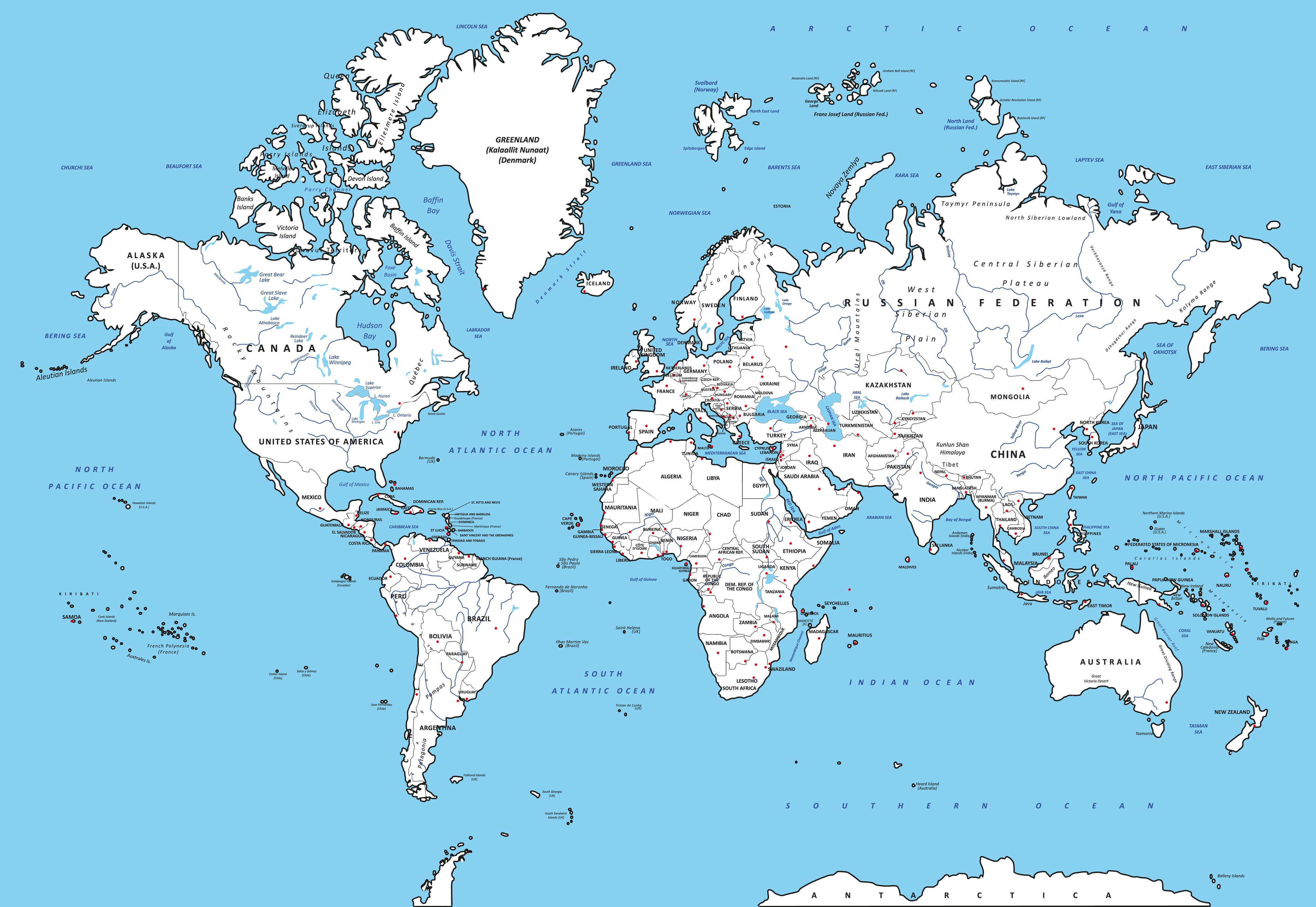Our planet’s top 140 discharging rivers discharge 71.5 billion Metric tonnes of water per 24 hours.
South America alone discharges almost half of this water (49.1%) – 39.5 billion Metric tonnes of water every 24 hours on just one continent!
By comparison, rivers in Asia make up 29.69% (including Siberian rivers), North America’s rivers 10.9%, rivers in Africa 5.08%, those in Europe 2.59% and Oceanan rivers 2.01%.
Of course, these are only examples of large river discharge volumes and there are hundreds of other named rivers globally and on islands, such as the UK, which add very substantially to these enormous potential electricity generating opportunities in the renewable energy sector.
The total length of these 140 largest discharging rivers is over 350,000km offering room for tens of thousands of microturbines to be deployed multiple times down the whole course of a river so utilising, again and again, the exact same weight of water. This is likely to take a few decades.
1. As humans began to inhabit and develop villages and then towns over the past 30,000 years by and near rivers, Microturbines as energy resources will be immediately nearby too, leading to much lower transport costs for hydrogen and fewer new cabling runs for electricity.
2. At least one major UK aerospace Government-backed agency is developing hydrogen-powered propulsion units for commercial air flight, and electrical short-haul aeroplanes are already in use in California and being trialled Scotland for short island ‘hops’.
3. In particular large towns and cities will benefit from electric buses, trams and car recharging points, and hydrogen-powered articulated lorries are already in major use in California and Hawaii, while hydrogen-powered trains are being trialled in the UK. Hydrogen powered buses are already being used in Aberdeen.
4. South America stands out for the powering of decarbonisation plants.

